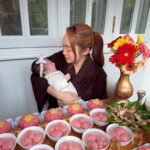For couples who already have embryos, this process may be less challenging compared to infertile men or single women who wish to have children through donated sperm. In such cases, they have no choice but to turn to sperm banks for help.
Alongside the positive impact of sperm donation, there are still existing consequences due to poor management and loose supervision. This has caused complications for the families involved, especially for “children born through sperm donation” who unknowingly fall in love with their siblings.
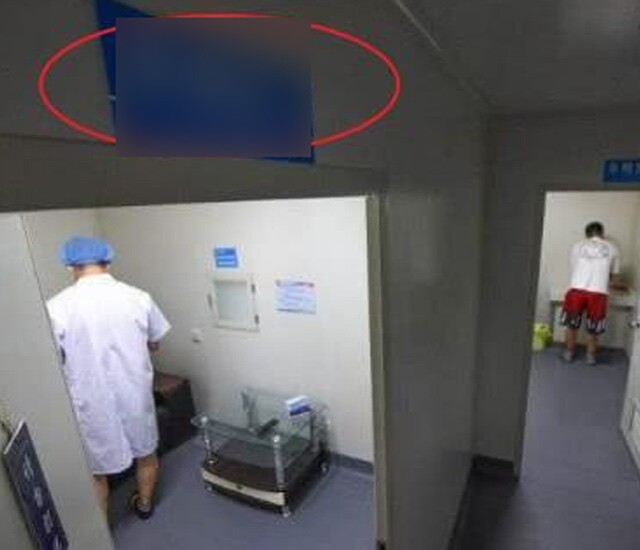
Illustrative image
A man donates sperm for 20 years and has over 1,000 children
A Dutch man named Van Halen shared his story. He was told by his parents that he was conceived through IVF using donated sperm. Driven by curiosity, Van Halen set out to find his biological father.
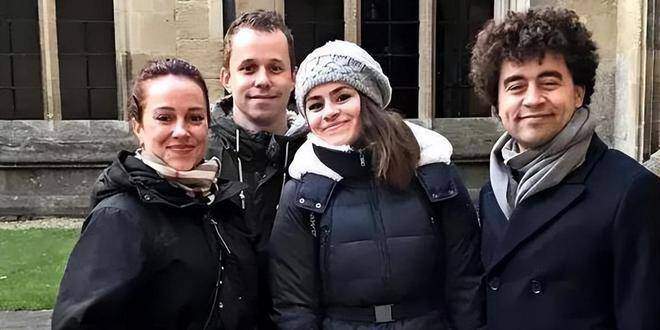
In the past, this would have been extremely difficult as the identity of sperm donors was usually kept confidential. However, with today’s DNA testing technology, Van Halen was able to easily trace his biological father.
To his surprise, he discovered over 60 half-siblings, all of whom were “sperm donor babies,” meaning their mothers had used sperm from the same donor to conceive.
This number was later estimated to be much higher, as a Dutch government organization investigated and revealed that Van Halen likely has over 1,000 half-siblings. The reason for this is that his biological father had been a frequent sperm donor at three different clinics over a 20-year period.
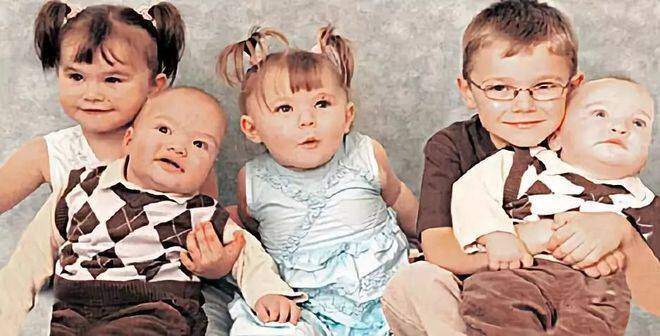
During his search for his siblings, Van Halen also learned that some of them had known each other before realizing they were related, and a few had even almost started dating.
Children born through sperm donation are shocked to learn about their family connections
Canadian director Barry Stevenson, also a “sperm donor baby,” discovered something similar during his quest to find his biological father. He found out that he had over 1,000 half-siblings, all conceived through sperm donation.
Stevenson documented his journey of finding his biological father and siblings in a film, sharing: “We have no way of knowing whether the person we’re sleeping with is our sibling or not. And there are even more horrific things…”

Zave Fors, a man from California, also faced identity concerns as a “sperm donor baby.” Even at the age of 25, he was hesitant to date due to the fear that his potential partner could be a close relative.
After discovering his biological father, Fors learned that the donor had donated sperm over 500 times, with a 10% success rate, meaning he could potentially have over 50 siblings.
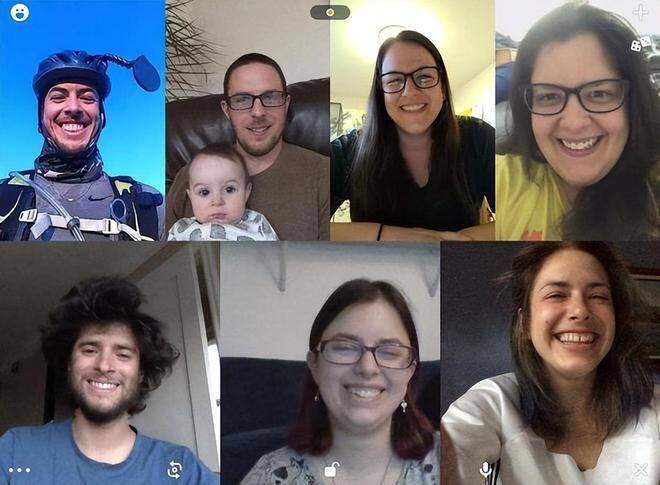
He has since found some of his siblings and realized that he is the oldest among them. One of his siblings even lives just 20 minutes away by car.
The “limitations” of having children through sperm donation
For sperm donors, the sudden appearance of numerous children can be overwhelming, especially if they had only intended for their sperm to be used sparingly. However, they are often shocked to learn that they have hundreds or even thousands of children.
Moreover, since sperm banks typically keep the donors’ identities confidential, the recipients of the donated sperm may not know the donor’s identity. This can lead to unintended pregnancies with close relatives.
For instance, a woman named Danielle Teshua gave birth to a daughter after purchasing donated sperm. When her daughter turned five, she had her DNA tested and discovered that the sperm donor was actually her own brother.

Sperm donation has led to a sudden increase in the number of children born, and these children are often unaware of each other’s existence. In some cases, they may not even know about their own origins. This also increases the likelihood of close inbreeding.
Scientific evidence has shown that children born to closely related parents face numerous risks:
When a couple has a close genetic relationship (consanguineous marriage), there is a high probability that they share two similar chromosomes. If a child inherits two similar chromosomes, the dominant disease genes will be expressed outwardly.
Therefore, couples intending to marry should have a genetic distance of at least three generations to avoid the risk of similar chromosomes.
Children born from closely related parents are at a higher risk of inheriting genetic disorders such as color blindness, albinism, ichthyosis, and especially thalassemia, sickle cell disease, metabolic disorders, and G6PD deficiency. They may also experience facial bone deformities, abdominal distension, and an increased risk of mortality.



























